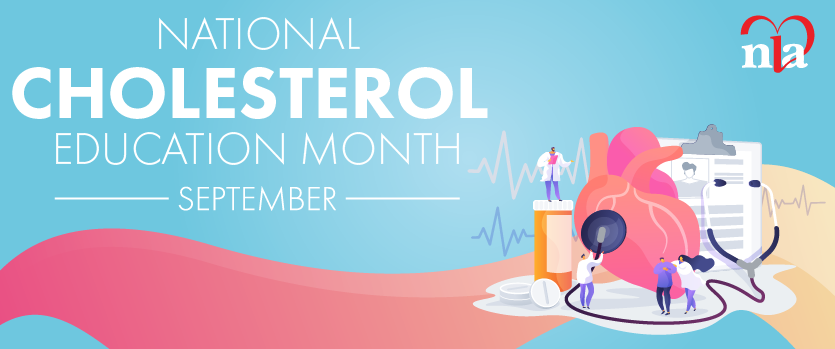Q: Why do you support DE and I for NLA?
In general terms, I am a very strong supporter of DEI as a core foundational principle for all organizations. Specifically, for the NLA, integration of DEI is critical to ensure that the vision, mission, and goals for the organization are reflective of the diversity of the individuals and communities that it serves. Clearly articulated and demonstrated awareness and commitment to DEI will help to create a membership base that is broadly representative of the population at large, thereby providing an open and welcoming environment for new members. Ultimately, diversity of backgrounds, perspectives, and experiences will enrich the NLA, provide a roadmap for its activities and deliverables, and ensure its future relevance and sustainability.
Q: Do you have a story of being a victim or witness to gender, racial, or sexual harassment?
As a female PhD-trained research scientist,I have experienced harassment in many contexts. Throughout my career, I have been a pioneer of sorts at universities where I have worked – first female faculty member and department head in medical science departments, first female dean of a science faculty, first female director of a health research institute. The personal cost for this has been high. I was forced to terminate my maternity leave after less than two months due to constant harassment about me “not pulling my weight” during this time; I was docked merit points for missing one meeting in five years when my daughter was suddenly hospitalized; I felt the need to hide a major illness with no leave of absence due to a justified fear of consequences. I have experienced being passed over in favor of male colleagues for well-deserved career advancement opportunities and being underpaid relative to male colleagues at the same level. The day-to-day microaggressions (for example, being ignored when one’s hand is up during a meeting, being the recipient of inappropriate comments on physical appearance, and having one’s ideas appropriated without recognition) erode one’s self-esteem slowly over time. Of course, these experiences are not unique to me – female colleagues in my position have endured the same. My solution to this has been to spend increasing amounts of my time mentoring young women embarking on careers in male-dominated fields. I have delivered many presentations to medical students and engineering students about lessons I have learned on my journey. Most recently, in the context of small group learning sessions for undergraduate medical students, we spent a lot of time discussing the importance of developing awareness of D, E, and I principles and their importance in the context of healthcare in an increasingly pluralistic society. My involvement in the NLA D, E, and I Task Force has been a deeply rewarding experience – for me, finding positive ways to make a difference has been one of the best remedies for healing wounds from the past.
During my time as a university administrator, I often represented victims of racial, gender, and sexual harassment in the filing of formal complaints. While shocking and upsetting at times, it allowed me to be an advocate for minority groups facing discrimination and to institute educational sessions and workplace policies to address these negative behaviors.
Q: How do you think D, E, and I improves patient care?
I see this playing out on several levels. D, E, and I is absolutely critical to ensure high quality patient care by best serving the needs of diverse patient populations. This requires attention at several levels. We need to ensure that there is sufficient diversity in healthcare practitioners to best meet the needs of sex-, gender- and racially diverse patients. This provides an important dimension to the concept of ‘personalized medicine’ that considers specific healthcare challenges faced by diverse populations. I have become particularly interested, for example, in the Canadian Women’s Heart Health Summit which focuses on the challenges of diagnosis and treatment of cardiovascular disease in females and non-binary/transgender individuals. Improved D, E, and I considerations in the design of clinical trials is also essential. Achieving more diversity in subjects enrolled in trials to better represent the composition of the population is necessary to identify important differences that may exist in response to drug therapies, for example.
Q: What would you like for NLA to do to be more diverse, inclusive, and equitable?
From my perspective, creation of the NLA D, E, and I task force was a critical and timely first step in recognizing the importance of D, E, and I to the organization. This will, in turn, provide a new lens through which to view the NLA’s mission and vision as well as its deliverables. Of course, while awareness of the importance of D, E, and I is critical, we are now poised to transition this awareness into action! There are great opportunities to thread the principles of D, E, and I through all NLA activities:
• Design of meeting programming (including content, choice of presenters, and composition of panels) and clinical statements (again, a focus on both content and composition of writing groups is essential)
• Ensuring representative Committee and Board composition
• Increasing our social media presence in this important area
• Rethinking of our educational materials with D, E, and I as a filter for consideration.
Together, this will ensure that the deliverables of the NLA are meaningful to all stakeholders and that the future of the NLA remains vibrant and relevant.
Q: How can we individually be more of an advocate for D, E and I within the NLA?
When engaged, individuals have tremendous power and the capacity to enact change. For example, we can encourage diversity as much as possible by reaching out to a wide range of individuals in our professional circles to join the NLA, and we can also take the time to understand why individuals may have chosen to not continue their membership in the organization. As individuals, we can also volunteer to be involved in initiatives that promote D, E, and I within the organization – through social media (Facebook, Twitter and Podcasts), contributions to the Diversity Spotlight feature, considering D, E, and I in development of issues of the LipidSpin, and making suggestions for program content at the regional and national levels. As the implementation phase of the Task Force ramps up its activities, there will be many other exciting opportunities to be involved.





.jpg)
.png)











